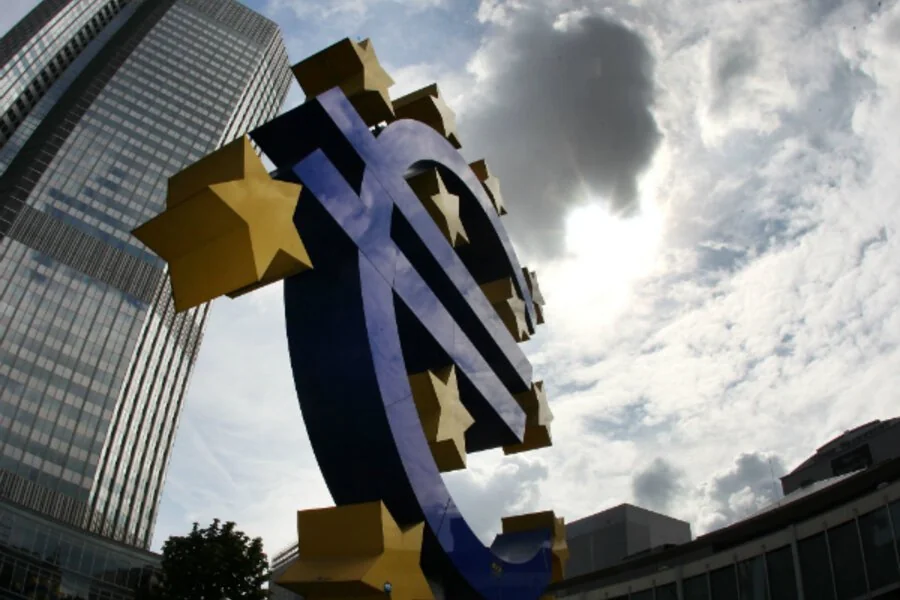
As half of 2024 has already passed, today’s article aims to give a brief update on the economic growth of the eurozone and the interest rate cuts.
In the first quarter of 2024, the eurozone economy experienced a 0.3% growth compared to the previous quarter, as reported by Eurostat, the European Union’s statistical office. In the beginning of June, Eurostat also indicated that the EU’s gross domestic product (GDP) rose by 0.3% quarter-on-quarter. In addition, seasonally adjusted GDP saw a year-on-year increase of 0.4% in the eurozone and 0.5% in the EU, compared to the same quarter in 2023. Nonetheless, European Central Bank (ECB) cuts interest rate amid EU Elections and economic uncertainty. In June 2024, the European Union became the second major global economy to reduce its lending rate, citing significant progress in combating inflation. The European Central Bank (ECB) announced a reduction in its main interest rate from a record high of 4% to 3.75%, following Canada’s decision on the 5th of June to lower its official lending rate.
The ECB’s rate cut coincided with EU-wide elections over the 4 days in June, where voter sentiment reflected dissatisfaction with rising living costs. The President of the ECB, stated that the inflation outlook had “markedly” improved, facilitating the rate cut. However, it expected that inflation would likely remain above the bank’s 2% target “well into next year,” projecting an average of 2.5% in 2024 and 2.2% in 2025. It has been emphasized that the ECB would maintain a “sufficiently restrictive” interest rate policy as long as necessary to achieve the 2% inflation target, without committing to a specific rate path.
Other officials noted that while the rate cut was widely anticipated, it would still provide relief to consumers and businesses in Europe. Central banks have kept interest rates high for the past two years to curb inflation, targeting an annual rate of 2%. Higher interest rates typically dampen economic growth, but cutting rates can stimulate economic activity by making borrowing cheaper for consumers and businesses. Despite a slight uptick in inflation in May, with rates rising to 2.6% from 2.4% in April across the 27-nation bloc, the ECB decided to cut rates during its meeting in Frankfurt on the 6th of June.
A broader assessment of the eurozone’s economic outlook has also been explained, expressing an increased confidence in the future while acknowledging potential challenges. Therefore, the risks to economic growth are balanced in the near term but remain tilted to the downside over the medium term, pointing to geopolitical tensions in Ukraine and the Middle East as potential factors that could hinder growth. Additionally, it has been warned that extreme weather events and the broader climate crisis could drive up food prices. Specialists are confident that ECB would continue to cut rates over the summer or autumn, predicting eurozone rates of 3.5% or lower by the end of the year.
References
Barnes , A. (2024, June 07). Eurozone economy growth thanks to increased household spending. Retrieved from Euro News: https://www.euronews.com/business/2024/06/07/eurozone-economy-growth-thanks-to-increased-household-spending
Hooker, L. (2024, June 6). Eurozone cuts interest rate for first time in 5 years. Retrieved from BBC News: https://www.bbc.com/news/articles/c511jy6z41vo
